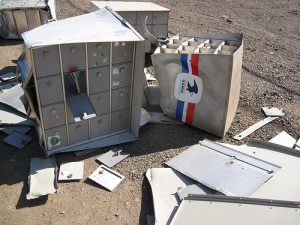Microsoft Re-Releases Exchange 2010 SP2 Rollup 4, Exchange 2010 SP1 Rollup 7, Exchange 2007 SP3 Rollup 8
After users complains Microsoft has re-released the latest rollups update for Exchange 2010 and Exchange 2007.
Last updates address an issue in which digital signatures on files produced and signed by Microsoft will expire prematurely.
This problem is described in:
Microsoft Security Advisory 2749655
New version of Exchange 2010 SP2 rollup 4 also includes an additional fix:
2756987: Outlook only returns one result after you click the “Your search returned a large number of results. Narrow your search, or click here to view all results” message.
The updates can be found here:
- Update Rollup 8-v2 for Exchange Server 2007 Service Pack 3 (KB2756497)
- Update Rollup 7-v2 for Exchange Server 2010 Service Pack 1 (KB2756496)
- Update Rollup 4-v2 for Exchange Server 2010 Service Pack 2 (KB2756485)
As always we recommend to to test new rollups in Exchange test environment, and also to wait few days or weeks before install in Exchange production environment.


 English
English  polski
polski